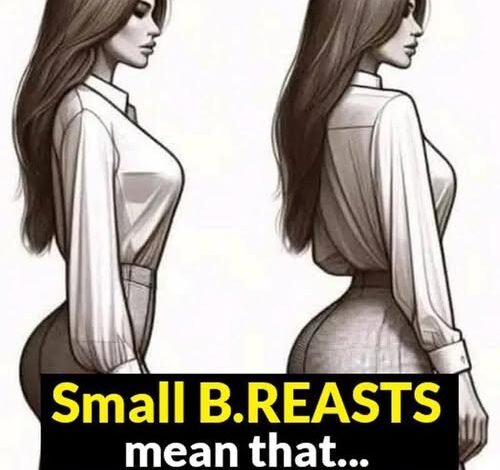Meaning of having small br.easts

Small br.easts are generally defined relative to a woman’s body proportions—such as her height, shoulder width, and weight—rather than an absolute cup size. In many sizing systems, a band measurement under 85 cm is often considered small, while over 100 cm is viewed as large. Today’s beauty trends favor natural, proportionate figures, and small br.easts are very much in fashion.
One of the chief long‑term advantages of smaller br.easts is that they resist sagging. Because they exert less downward pull over time, they tend to retain their firmness and shape far longer than larger br.easts, which are more prone to develop ptosis (drooping) with age.
Smaller br.easts also place far less strain on the spine, neck, and shoulders, greatly reducing the risk of chronic musculoskeletal pain. Many women with larger busts experience tension and discomfort in these areas, whereas those with smaller breasts rarely need to worry about back problems caused by br.east weight.
Finally, smaller breasts can simplify clinical br.east examinations and imaging studies. A more compact br.east is easier for clinicians to palpate during a check‑up, and mammograms often produce clearer images, which can aid in the early detection of any abnormalities.



